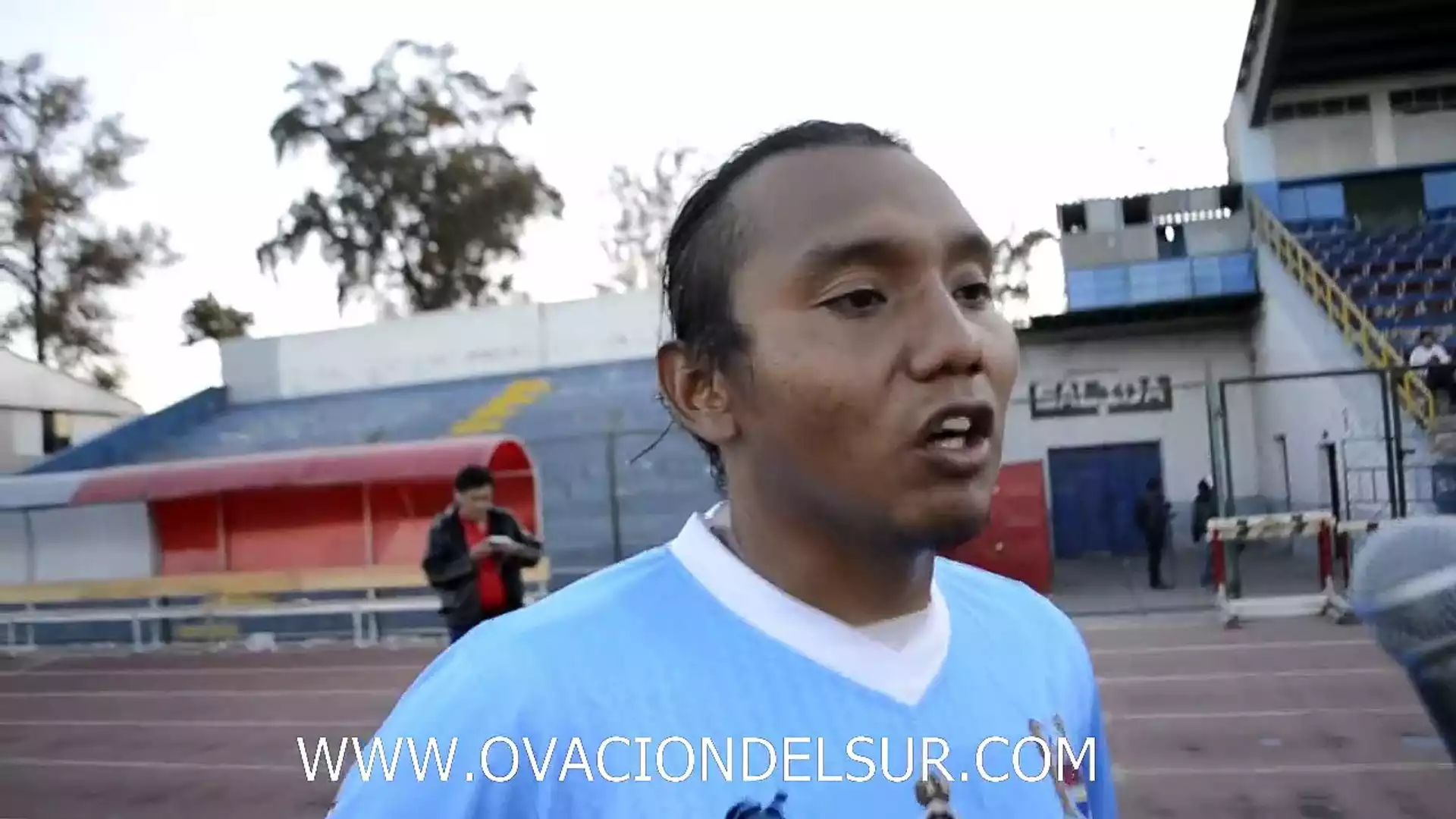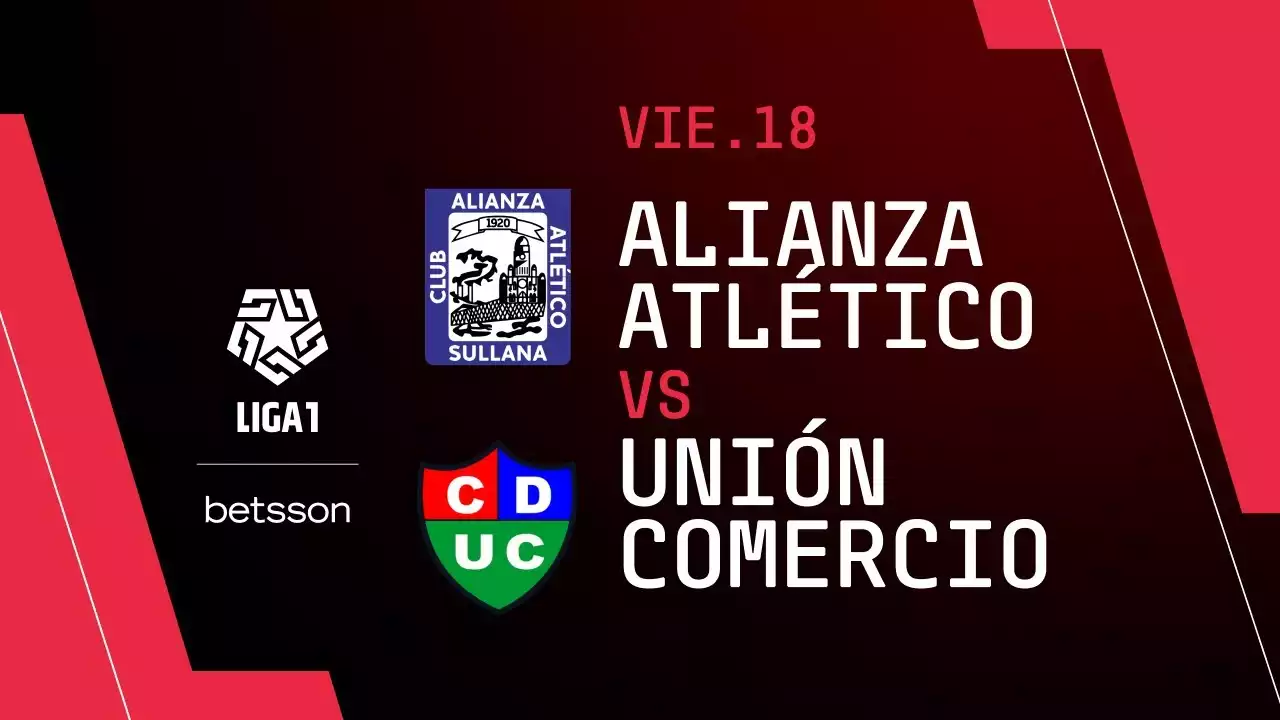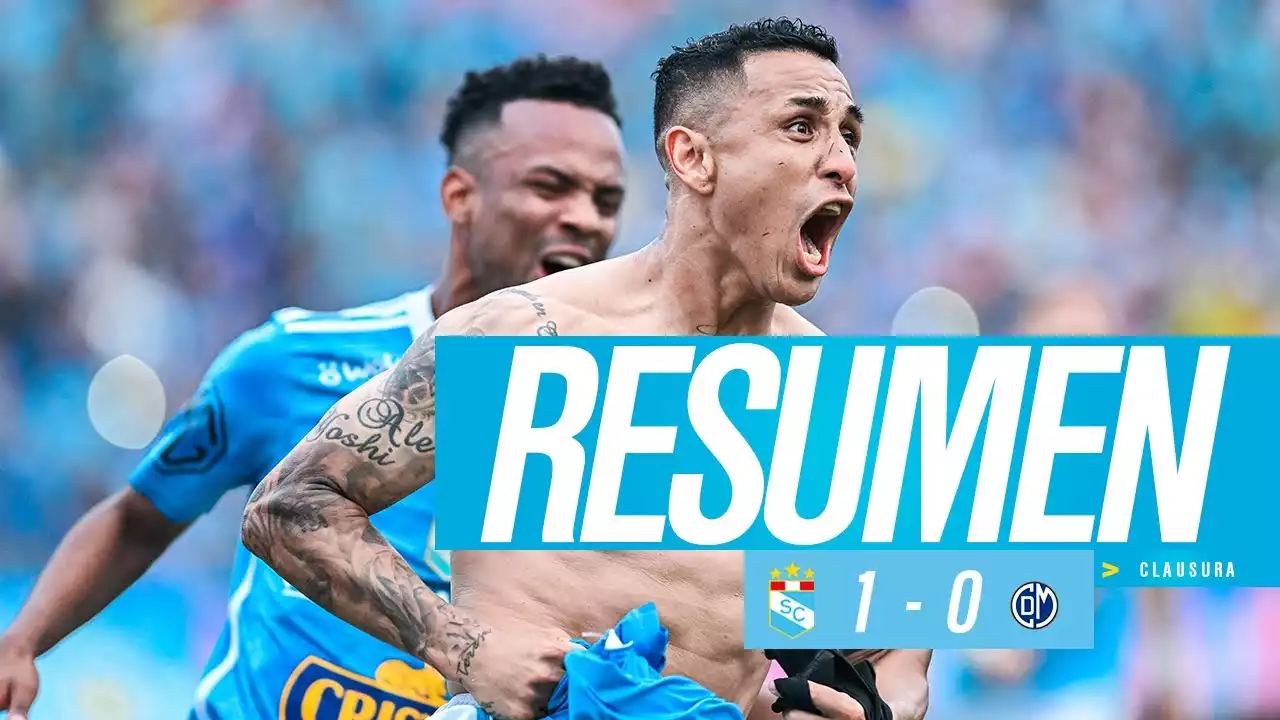Understanding Administration in Football Clubs
Before diving into the specific cases of clubs facing administration in Peruvian Liga 1, it is important to understand what administration entails in the context of football clubs. Administration refers to a process where the management of a club is taken over by an external administrator appointed by a court or governing body. This typically occurs when a club is unable to pay its debts and is at risk of insolvency.
During administration, the appointed administrator takes control of the club's finances and operations, with the goal of stabilizing the situation and finding a way forward. This may involve negotiating with creditors, restructuring debts, or even selling the club to new owners. The aim is to ensure the survival of the club while minimizing the impact on its players, staff, and fans.
Historical Overview of Clubs That Have Faced Administration in Peruvian Liga 1
Financial struggles have plagued numerous clubs in Peruvian Liga 1 throughout its history. One of the most high-profile cases occurred in 2009 when one of the country's oldest and most successful clubs, Universitario de Deportes, faced the threat of administration. The club, which had a rich history and a large fan base, had accumulated significant debts and was unable to meet its financial obligations. It was only through the support of its fans and a last-minute injection of funds that Universitario managed to avoid administration.
Another notable case was that of Alianza Lima, one of the most popular and successful clubs in Peruvian football. In 1987, Alianza Lima faced a tragic event when their team bus plunged into the Pacific Ocean, resulting in the loss of several players. The subsequent financial strain, combined with mismanagement, pushed the club to the brink of administration. It took years of hard work and financial restructuring for Alianza Lima to recover and regain stability.
Causes of Financial Struggles in Peruvian Football
The causes of financial struggles in Peruvian football are varied and complex. One common factor is mismanagement, both at the club level and within the governing bodies of the sport. Poor financial planning, overspending on player transfers and wages, and a lack of transparency in financial operations have all contributed to the financial woes faced by many clubs.
Another significant factor is the lack of sustainable revenue streams. Unlike some of the top European leagues, Peruvian clubs rely heavily on matchday revenue and sponsorship deals. Without consistent and lucrative revenue streams, clubs often find themselves unable to cover their expenses and accumulate debts over time.
Additionally, external economic factors, such as inflation and fluctuations in the value of the Peruvian currency, can further exacerbate financial struggles for clubs. These factors make it challenging for clubs to budget effectively and plan for the long term.
Impact of Administration on Clubs and Their Players
The impact of administration on clubs extends beyond financial implications. It can have a significant emotional and psychological toll on players, staff, and fans. When a club faces administration, players may go unpaid, contracts may be terminated, and the future may become uncertain. This can lead to a loss of morale and motivation among the team, affecting their performance on the field.
Administrative processes can also result in points deductions, relegation, and even expulsion from the league. These consequences further compound the challenges faced by clubs and can have long-lasting effects on their reputation and standing in the football community.
Efforts to Prevent Financial Struggles in Peruvian Liga 1
Recognizing the detrimental impact of financial struggles on clubs and the sport as a whole, efforts have been made to prevent such situations in Peruvian Liga 1. The league and governing bodies have implemented stricter financial regulations and oversight, aiming to ensure clubs operate within their means and maintain financial stability.
One such measure is the introduction of financial fair play regulations, which require clubs to adhere to certain financial criteria and submit regular financial reports. These regulations aim to discourage overspending and promote responsible financial management within clubs.
Additionally, clubs have been encouraged to diversify their revenue streams beyond matchday income. This includes exploring sponsorship opportunities, merchandising, and developing youth academies to nurture and sell talented players.
Case Studies of Clubs That Successfully Recovered from Administration
While the threat of administration can be devastating, there are cases where clubs have managed to successfully recover and regain stability. Sporting Cristal, one of the most successful clubs in Peruvian Liga 1, faced administration in the early 2000s due to mismanagement and financial difficulties. However, through a combination of strategic partnerships, responsible financial management, and a strong fan base, the club was able to recover and achieve sustained success on and off the field.
Another success story is FBC Melgar, a club based in Arequipa. In 2014, FBC Melgar faced financial difficulties that led to administration. However, with the support of local businesses and the dedication of its fans, the club was able to overcome these challenges and establish itself as a competitive force in Peruvian football.
Lessons Learned and Recommendations for Clubs in Financial Distress
The stories of clubs that have faced financial struggles and administration in Peruvian Liga 1 provide valuable lessons for clubs in similar situations. First and foremost, responsible financial management is crucial. Clubs must prioritize transparency, financial planning, and sustainable spending to avoid accumulating excessive debts.
Furthermore, clubs should focus on diversifying their revenue streams to reduce reliance on matchday income. This can involve exploring partnerships with local businesses, attracting sponsorship deals, and investing in youth development programs to nurture and sell talented players.
Finally, collaboration between clubs, the league, and governing bodies is essential. Sharing best practices, implementing financial regulations, and providing support to struggling clubs can help create a more stable and sustainable football ecosystem in Peru.
The Future of Financial Stability in Peruvian Liga 1
While the financial struggles faced by clubs in Peruvian Liga 1 are significant, there is hope for a more stable future. The introduction of stricter financial regulations and the increasing awareness of responsible financial management have already had a positive impact.
By learning from past mistakes and implementing proactive measures, clubs in Peruvian Liga 1 can work towards a more sustainable future. This includes fostering a culture of financial responsibility, exploring new revenue streams, and prioritizing long-term planning.
With the collective efforts of clubs, governing bodies, and fans, the financial stability of Peruvian Liga 1 can be secured, ensuring the continued growth and success of the sport in the country.










